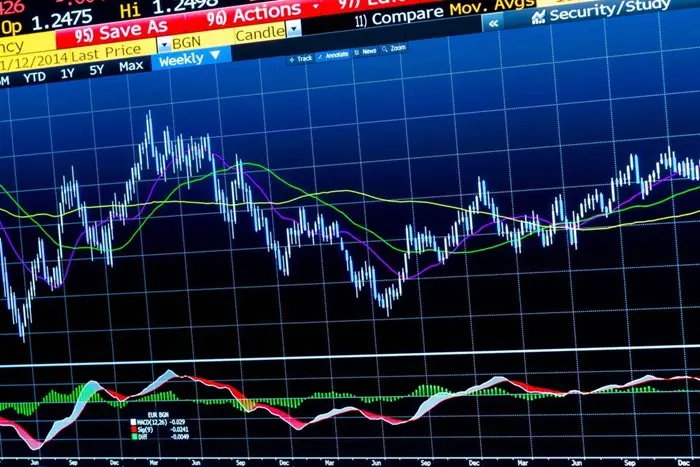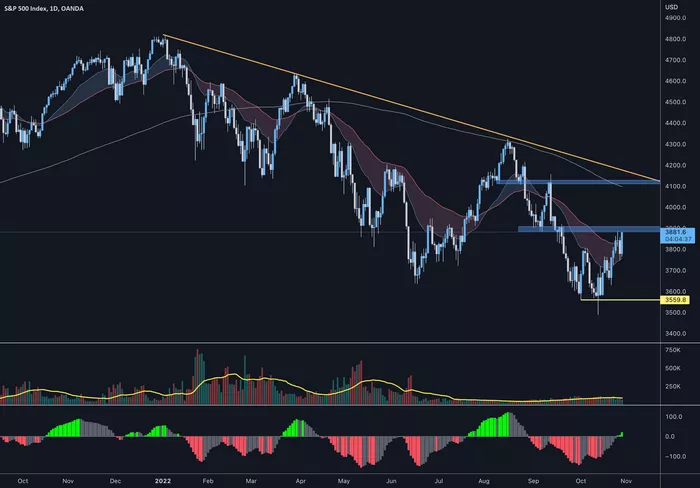Converting currencies is a common task for individuals, businesses, and investors engaged in international transactions. One of the most frequently exchanged pairs is the US Dollar (USD) and the Australian Dollar (AUD). This exchange is particularly relevant for those living or doing business in either country, travelers, and investors participating in global markets. In this article, we will explore how to convert USD to AUD, the factors affecting exchange rates, and various methods available for currency conversion.
Understanding Currency Conversion
Currency conversion is the process of exchanging one currency for another. In this case, we are focusing on the conversion of US Dollars (USD) to Australian Dollars (AUD). The exchange rate between USD and AUD fluctuates based on various factors, including global market conditions, economic data, and geopolitical events. A deep understanding of how these factors affect the exchange rate is essential for anyone looking to convert USD to AUD effectively.
Converting currencies, including USD to AUD, involves the application of an exchange rate, which represents the relative value of one currency in terms of another. For example, if the current exchange rate is 1 USD = 1.35 AUD, for every 1 USD you exchange, you will receive 1.35 AUD.
Methods for Converting USD to AUD
There are various methods to convert USD to AUD, each with its own advantages and disadvantages. The method you choose depends on factors such as convenience, cost, speed, and the amount of currency being exchanged. Below are some of the most common methods for converting USD to AUD.
1. Bank Transfers
One of the most traditional methods of converting USD to AUD is through a bank transfer. Most major banks provide foreign exchange services, allowing individuals and businesses to exchange currencies. Banks can perform the conversion directly and provide the funds in AUD, either through a wire transfer or by crediting an account.
How Bank Transfers Work
Step 1: Visit your bank’s branch or use their online banking services to initiate the currency conversion.
Step 2: Provide the amount of USD you wish to convert to AUD, along with the recipient’s details (if applicable).
Step 3: The bank will apply the current exchange rate to determine the equivalent amount in AUD, charging a service fee or margin over the market rate.
Step 4: The conversion is completed, and the AUD is either transferred to a bank account or provided as cash.
Pros of Bank Transfers
Security: Banks are well-regulated financial institutions, making them a secure option for currency conversion.
Widely Available: Most people have access to a bank, and banks offer global reach for international transfers.
Trustworthy: Bank services are often trusted for large amounts of currency exchange.
Cons of Bank Transfers
High Fees: Banks often charge high fees for currency exchange services, including transaction fees and higher exchange rate margins.
Slow Processing: Bank transfers can take several days, particularly for international transactions.
Poor Exchange Rates: Banks may offer exchange rates that are not as competitive as those available through other methods.
2. Online Currency Exchange Platforms
Online platforms such as Wise (formerly TransferWise), PayPal, Revolut, and others have become increasingly popular for currency conversions. These platforms typically offer better exchange rates and lower fees than traditional banks.
How Online Currency Exchange Platforms Work
Step 1: Create an account with a currency exchange platform and link your USD bank account or credit card.
Step 2: Select the amount of USD you wish to convert to AUD and provide the necessary recipient details, if applicable.
Step 3: The platform calculates the exchange rate and any applicable fees for the conversion.
Step 4: The USD is converted into AUD at the platform’s exchange rate, and the funds are transferred to the recipient’s bank account or provided in cash.
Pros of Online Currency Exchange Platforms
Lower Fees: Online services often offer lower fees compared to banks, which can save you money on the conversion.
Competitive Exchange Rates: Online platforms often provide better exchange rates than banks, which can result in a more favorable conversion for the user.
Fast Transactions: Conversions via online platforms are usually completed within hours or even minutes.
Cons of Online Currency Exchange Platforms
Limited Availability: Not all online platforms are available in every country, and some may have limited services in certain regions.
Account Setup Required: To use online currency exchange platforms, you need to create an account and complete identity verification.
Transaction Limits: Some platforms may have transaction limits, especially for larger amounts.
3. Currency Exchange Offices
Currency exchange offices, commonly found at airports, tourist destinations, and city centers, are another option for converting USD to AUD. These offices provide immediate access to AUD in exchange for USD.
How Currency Exchange Offices Work
Step 1: Visit a currency exchange office and present the amount of USD you wish to convert.
Step 2: The office applies the exchange rate, typically with a margin added on top of the market rate, and provides the equivalent amount in AUD.
Step 3: The funds are provided immediately in cash, and the conversion is complete.
Pros of Currency Exchange Offices
Immediate Exchange: Currency exchange offices offer instant conversion, making them a great option for travelers who need AUD immediately.
Convenient Locations: Many currency exchange offices are located in busy areas like airports, tourist spots, and city centers.
Cons of Currency Exchange Offices
Higher Fees: Currency exchange offices tend to charge higher fees and offer worse exchange rates than banks or online platforms.
Security Risks: Carrying large amounts of cash can pose a security risk, especially when traveling.
Limited Hours: These offices may have limited hours of operation, which could be inconvenient for some individuals.
4. Peer-to-Peer (P2P) Platforms
Peer-to-peer (P2P) platforms allow individuals to exchange USD for AUD directly with one another, bypassing traditional financial institutions. Platforms like LocalBitcoins or other cryptocurrency exchanges provide this service.
How P2P Platforms Work
Step 1: Create an account on a P2P platform and search for offers to exchange USD for AUD.
Step 2: Review the offers and choose the one with the best rate and terms.
Step 3: After agreeing to the terms, the transaction is completed by transferring USD to the seller and receiving AUD from the buyer.
Step 4: The platform may hold the funds in escrow until both parties have confirmed the transaction.
Pros of P2P Platforms
Lower Fees: P2P platforms tend to have lower fees compared to traditional banks or currency exchange services.
Better Exchange Rates: You may find better exchange rates on P2P platforms as rates are negotiated between individuals.
Flexible: P2P platforms allow more flexibility in terms of payment methods and transaction size.
Cons of P2P Platforms
Security Risks: P2P platforms carry the risk of fraud, as transactions are not guaranteed by a central authority.
Time-Consuming: Finding a suitable match for a transaction can take time, as you need to agree on terms with another individual.
Limited Regulation: P2P platforms are less regulated than traditional financial institutions, which can pose a risk for users.
5. Cryptocurrency Exchanges
Cryptocurrency exchanges can also be used to convert USD to AUD by purchasing cryptocurrencies such as Bitcoin (BTC) or Ethereum (ETH) and then converting them into AUD.
How Cryptocurrency Exchanges Work
Step 1: Create an account on a cryptocurrency exchange like Binance, Kraken, or Coinbase.
Step 2: Deposit USD into your cryptocurrency exchange account and buy a cryptocurrency such as Bitcoin or Ethereum.
Step 3: Convert the cryptocurrency into AUD on the exchange.
Step 4: Withdraw the AUD to your bank account or use it for other transactions.
Pros of Cryptocurrency Exchanges
Low Fees: Cryptocurrency exchanges often have lower transaction fees than traditional currency conversion methods.
Fast Transactions: Cryptocurrency transfers can be completed quickly, sometimes within minutes or hours.
Global Accessibility: Cryptocurrency exchanges are accessible globally, which makes them an option for individuals in countries with restricted banking systems.
Cons of Cryptocurrency Exchanges
Volatility: Cryptocurrencies can be highly volatile, meaning the value of your transaction could fluctuate significantly before conversion into AUD.
Complexity: Using cryptocurrencies for currency conversion requires technical knowledge, making it less accessible for those unfamiliar with digital assets.
Regulatory Issues: Cryptocurrencies face regulatory challenges in certain countries, which could complicate the conversion process.
Factors Affecting USD to AUD Conversion
Several factors influence the exchange rate between USD and AUD. Understanding these factors can help you predict how the exchange rate may fluctuate and when to convert USD to AUD for the best value.
1. Interest Rates
Interest rates set by central banks have a significant impact on currency values. If the Federal Reserve in the United States raises interest rates, the USD typically strengthens as investors seek higher returns. Conversely, if the Reserve Bank of Australia raises interest rates, the AUD could strengthen.
2. Economic Data
Economic indicators such as GDP growth, inflation, unemployment rates, and trade balances can influence the exchange rate between USD and AUD. A strong economy tends to result in a stronger currency, while a weak economy leads to a weaker currency.
3. Geopolitical Events
Political instability or uncertainty can cause fluctuations in currency values. For example, trade disputes, elections, or natural disasters can impact investor sentiment and affect the strength of the USD or AUD.
4. Commodity Prices
Australia is a significant exporter of commodities, such as iron ore, coal, and gold. Changes in commodity prices can affect the value of the AUD. If commodity prices rise, the AUD often strengthens, as it is tied to the global demand for Australian exports.
5. Market Sentiment
Investor sentiment and risk appetite can also influence currency values. During times of global economic uncertainty, investors often flock to safe-haven currencies like the USD, which can cause the AUD to weaken.
Conclusion
Converting USD to AUD is a common task for many individuals, businesses, and investors. Understanding the methods available for conversion and the factors that affect exchange rates is essential for making informed decisions. Whether you choose a bank transfer, an online platform, a currency exchange office, or another method, it is important to consider the costs, speed, and convenience of each option. Additionally, staying informed about the factors that influence currency exchange rates can help you time your conversion for the best possible outcome. By using the right tools and staying updated on the market, you can effectively convert USD to AUD to suit your needs.
Related Topics:
How to Convert Usd to Aud in Australia



























